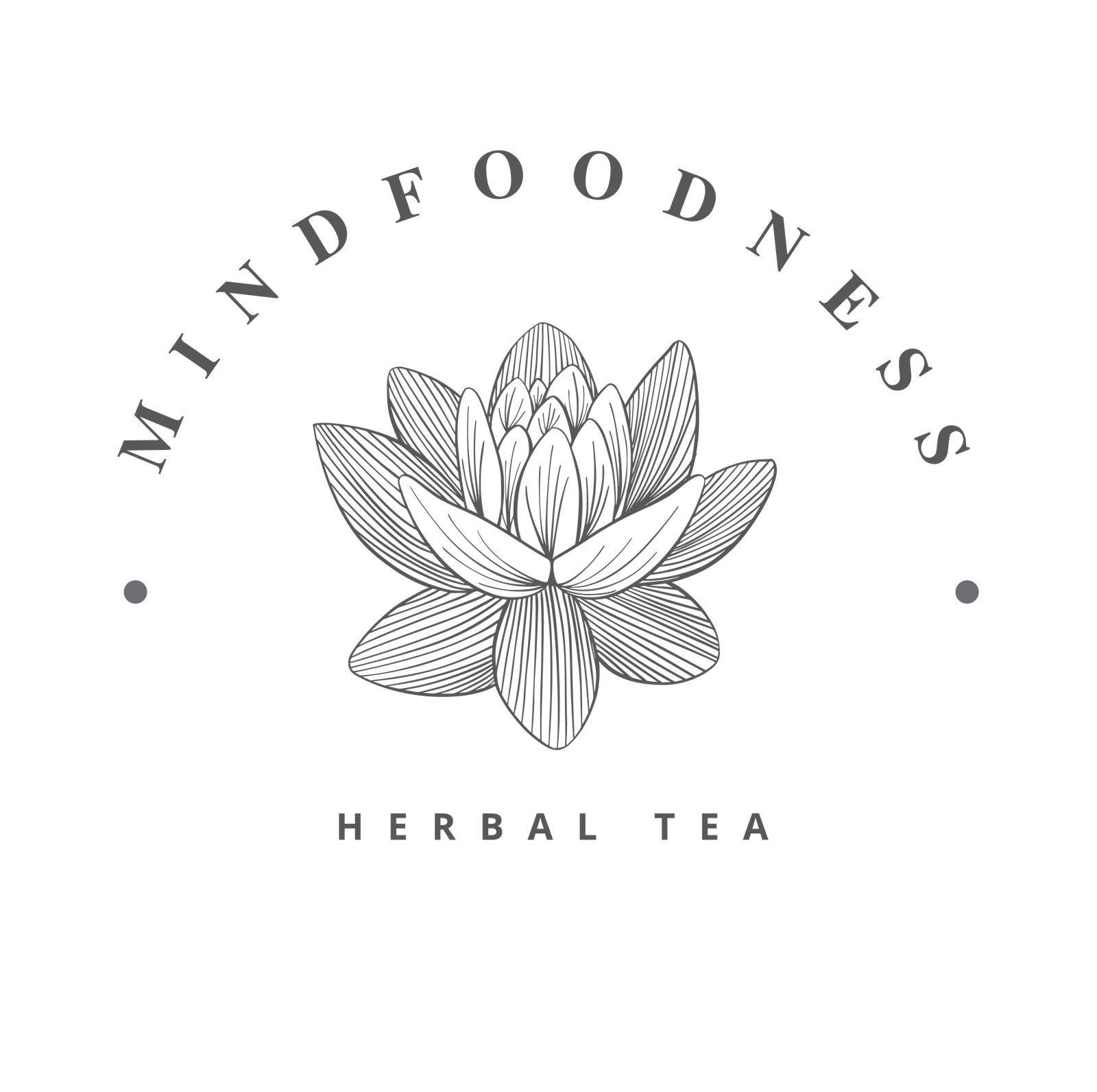Herbal Tea Blending for Beginners: A Flavorful Journey
- mindfoodnesstea

- Jun 18, 2024
- 3 min read
Are you ready to embark on a delightful journey into the world of herbal tea blending? Whether you're a tea enthusiast looking to expand your horizons or a total novice eager to explore new tastes, crafting your own herbal tea blends is a rewarding and creative experience. In this guide, we'll walk you through the basics of herbal tea blending, from selecting herbs to creating unique flavor combinations that cater to your taste preferences. So, grab your favorite mug, put the kettle on, and let's dive into the art of herbal tea blending!
Getting Started: Essential Tools and Ingredients
Before you start blending, it's essential to gather the necessary tools and ingredients. Here's what you'll need:
Dried Herbs: Choose high-quality dried herbs, preferably wild-crafted or organic. Use common herbs like chamomile, peppermint, lavender, hibiscus, and lemongrass as a base for your blends.
Spices: Add depth and complexity to your teas with spices like cinnamon, ginger, cardamom, and cloves.
Dried Fruits: Enhance the sweetness of your blends with dried fruits such as berries, apples, pineapple, mango, or citrus peels.
Tea Strainer or Infuser: Invest in a good-quality tea strainer or infuser to steep your herbal blends effectively. I prefer serving in glass mugs as I can see the color of the infusion.
Storage Containers: Store your herbal blends in airtight containers to maintain freshness. Look for a dark place where they are not getting sunlight.

The Art of Blending: Creating Your Signature Tea
Before you start blending, it's essential to understand the flavor profiles of different herbs. Here are some common flavor profiles to consider:
Floral: Chamomile, lavender, calendula, and rose petals.
Minty: Peppermint, spearmint, and lemongrass.
Spicy: Ginger, cinnamon, cardamom, and cloves.
Now comes the fun part – experimenting with different flavor combinations! Here are some popular herbal tea blends to get you started:
Chamomile Lavender Delight: A soothing blend of chamomile, rose petals, and lavender for relaxation.
Minty Citrus Burst: Refreshing peppermint, lemongrass, and citrus peels for a zesty kick.
Spiced Apple Pie Infusion: Cinnamon, cloves, ginger, and dried apples for a warm and spicy treat.
Once you've chosen your ingredients, it's time to blend them in the desired proportions. Here's a simple recipe to get you started:
Ingredients: 1 part chamomile1/2 part lavender
Instructions: Combine the chamomile and lavender in a bowl. Mix well to ensure an even distribution of herbs. Store the blend in an airtight container. To brew, steep 1 teaspoon of the blend in hot water for 5-7 minutes.
Tips for Success: Enhancing Your Tea Blending Experience
Want to take your tea blending skills to the next level? Here are some tips to elevate your experience:
Blend in Small Batches: Experiment with small batches to fine-tune your blends without wasting ingredients.
Label Your Blends : Keep track of your creations by labeling each blend with its ingredients and brewing instructions.
Personalize Your Tea: Add a personal touch to your blends by incorporating your favorite flavors or ingredients. Also, research about their properties and mix them with an intention in your mind.
Share Your Creations: Treat your friends and family to your unique herbal tea blends and gather feedback to refine your recipes. Our first time, we had a tea party with friends, and we served our own tea blends with them.

Final Thoughts: Sip, Savor, and Enjoy!
Embarking on your herbal tea blending journey opens up a world of flavors, aromas, and creative possibilities. Whether you're winding down after a long day or starting your morning with a boost, crafting your own blends allows you to tailor your tea to your preferences.
So, gather your herbs, let your creativity flow, and brew a cup of your very own signature blend. With each sip, allow yourself to savor the fruits of your labor and embrace the art of herbal tea blending. Cheers to a flavorful journey ahead!

.png)



Comments